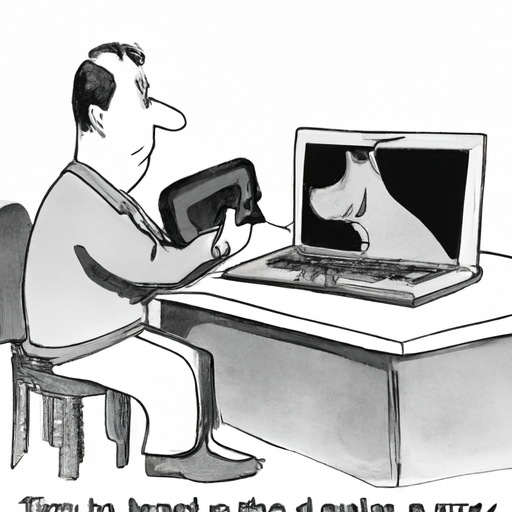As a dog lover and caregiver, you understand that your furry friend’s health is of paramount importance. Part of ensuring they live a long, happy life involves understanding the potential costs associated with their healthcare, which includes diagnostic procedures such as X-rays. In this guide, we will delve into the details of dog X-rays, their costs, and what factors may influence these costs.
The Importance of X-Rays for Dogs
X-rays are a critical diagnostic tool in veterinary medicine, just as they are in human medicine. As a caregiver, you would want to make sure that your dog gets the best care possible, which might involve an X-ray at some point in their life.
X-rays can help veterinarians diagnose a variety of conditions, including:
- Bone fractures
- Arthritis
- Tumors
- Heart and lung diseases
- Digestive issues, such as swallowed objects
The Cost of Dog X-Rays
Typically, the cost of a dog X-ray can range anywhere from $75 to $300. However, several factors can influence this cost, including the type of X-ray, the location of the vet clinic, and any additional treatments required.
| Type of X-Ray | Average Cost |
|---|---|
| Standard X-Ray | $75 – $150 |
| Dental X-Ray | $75 – $200 |
| Abdominal X-Ray | $100 – $250 |
| Chest X-Ray | $100 – $300 |
Remember, these are average costs, and actual prices can vary significantly based on the factors mentioned above.
Factors Influencing the Cost of X-Rays
Several factors can influence the cost of a dog X-ray. As a caregiver, it’s essential for you to understand these factors to be prepared financially.
- Location of the Clinic: Vet services are generally more expensive in urban areas compared to rural ones. This is due to higher operating costs, including rent and salaries, in urban areas.
- Type of X-Ray: More complex X-rays, such as those involving the chest or abdomen, tend to be more expensive due to the skills and equipment required.
- Additional Treatments: If your dog requires sedation, anesthesia, or any other additional treatments, it could increase the cost of the X-ray.
- Follow-up X-Rays: In some cases, follow-up X-rays may be necessary, which would add to the overall cost.
Ways to Manage the Cost of Dog X-Rays
Although the cost of X-rays can be high, there are several strategies you can use to manage these costs:
- Pet Insurance: Pet insurance can cover a significant portion of your dog’s healthcare costs, including X-rays. It’s advisable to review different insurance plans to find one that best suits your needs and budget.
- Payment Plans: Some vet clinics offer payment plans, allowing you to spread the cost of an X-ray over several months.
- Charities and Non-Profit Organizations: There are several organizations that offer financial assistance to pet owners who cannot afford veterinary care.
Frequently Asked Questions (FAQs)
Q: How often should my dog get an X-ray?
A: The frequency of X-rays will primarily depend on your dog’s health condition. Healthy dogs rarely need X-rays, but older dogs or those with chronic conditions might require regular X-rays.
Q: Can I stay with my dog during the X-ray?
A: Usually, you won’t be allowed to stay with your dog during the X-ray due to safety concerns. However, rest assured that your dog will be in safe hands.
Q: Are X-rays harmful to my dog?
A: While X-rays do involve a small amount of radiation, the risk is minimal. Vets only recommend X-rays when they believe the benefits outweigh any potential risks.
As a dog caregiver, the health and well-being of your furry friend are your top priorities. Having a clear understanding of the potential costs involved in their healthcare, like X-rays, will ensure you’re prepared to provide the best care possible.



